Bonnie Raitt was moved to tears by a story she read in The New York Times Magazine in May of 2018. The article spotlighted a prison hospice program in Vacaville, California, where inmates work as caregivers for fellow terminal convicts. Raitt was surprised by her reaction to the intimate photographs and stories of volunteers devoting their time to those incarcerated at the end of their lives and began writing a story about some of the people who weren’t forgotten at the end of their lives, despite their crimes.
“Down the Hall” spark an unexpected compassion and concern for an unlikely group of people and is written from the perspective of the caretakers: I asked if they let family in / She said not really at the end / Truth is a lot don’t have someone, no friends or next of kin / The thought of those guys going out alone, it hit me somewhere deep / I asked could go sit with them, for some comfort and relief.
“I just immediately felt how many segregated, separated, polarized segments of our population out in society are reflected in microcosms in prisons,” Raitt told American Songwriter in 2022. “Those pictures, without any explanation, were such a beautiful testimony of how the need of one human being to have compassion from another, and empathy, and care was just so moving. I’m moved by it now. I can barely sing those songs without getting touched again.”
Videos by American Songwriter
‘No friends or next of kin.’
Closing the album, “Down the Hall” tells the story of the all-too common end-of-life scenario of inmates, how they are taken to hospice and often die alone since they don’t have any visitors.
Had the flu in the prison infirmary
My last day I looked up and saw
A man wheeled round the corner
Down to skin and bones that’s all
I asked the nurse where he was goin’
She said ‘hospice down the hall
He prob’ly won’t be in there long
Any day we’ll get the call’
I asked if they let family in
She said ‘not really at the end
Truth is, a lot don’t have someone
No friends or next of kin’
The thought of those guys goin’ out alone
It hit me somewhere deep
I asked could I go sit with ’em
For some comfort and relief?
[RELATED: The Writer’s Block: Bonnie Raitt Makes John Prine Proud with Her Story Songs]
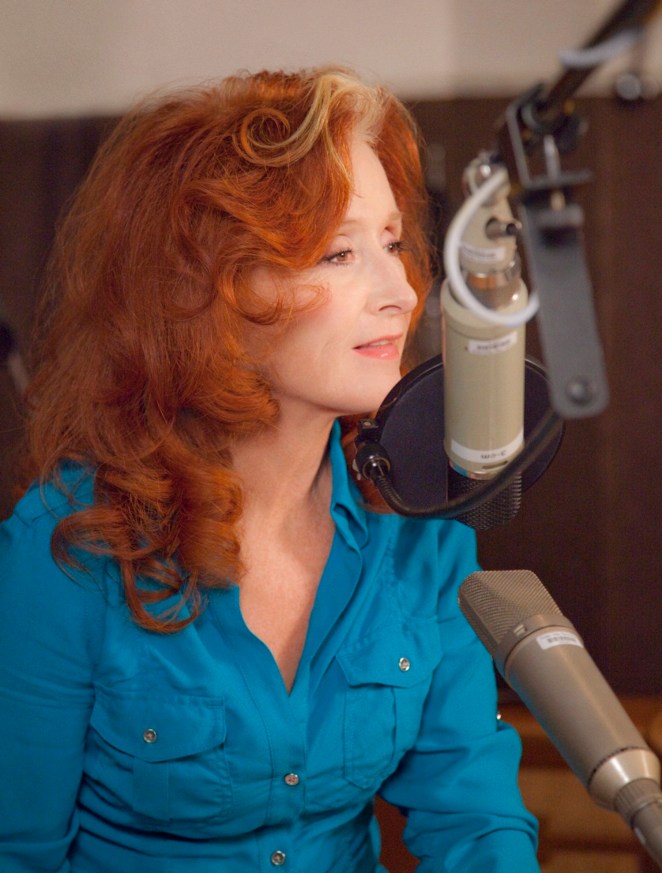
‘I can’t undo the wrong I did.’
As the song moves on, the inmate volunteer recounts the people he’s cared for during their final days, including one he was once afraid of and has now befriended.
Next thing you know, I’m on the ward
Doin’ things you can’t believe
Like shavin’ Julio’s bony head
Crackin’ him up when I wash his feet
I used to run when I saw Tyrone
Knowin’ your place’s what it’s all about
Now he’s here doubled up in pain
Cancer eatin’ him from the inside out
I sit and wait outside his stall
To help him when he’s done
Whatever shame we might have felt
Well, all that’s come undone
I can’t undo the wrong I did
Give back the life I took
But maybe when it comes my turn
I’ll get a second look
‘Just Like That…’
Along with the prison story, the moving title track was also inspired by a story that Raitt read about a woman who donated her son’s heart when he died and met the man whose life it saved. Along with “Down the Hall” and “Just Like That,” Raitt wrote a third song solo for the album, “Waitin’ for You to Blow,” a narrative about her past struggles with addiction.
Other songs were tributes to those lost, including “Living for the Ones,” dedicated to her her brother Steve Raitt, who died in 2009 at the age of 61, and to those who died during the pandemic, along with a cover of Toots and the Maytals’ “Love So Strong,” a song she originally planned to record as a duet with friend Toots Hibbert before his death from the coronavirus in 2020.
Her first released since Dig in Deep in 2016, Just Like That… topped the Folk and Blues charts and earned Raitt four Grammy nominations, three of which she won for Song of the Year and Best American Roots Song, with “Made Up Mind” winning Best Americana Performance.
Photo: Marina Chavez

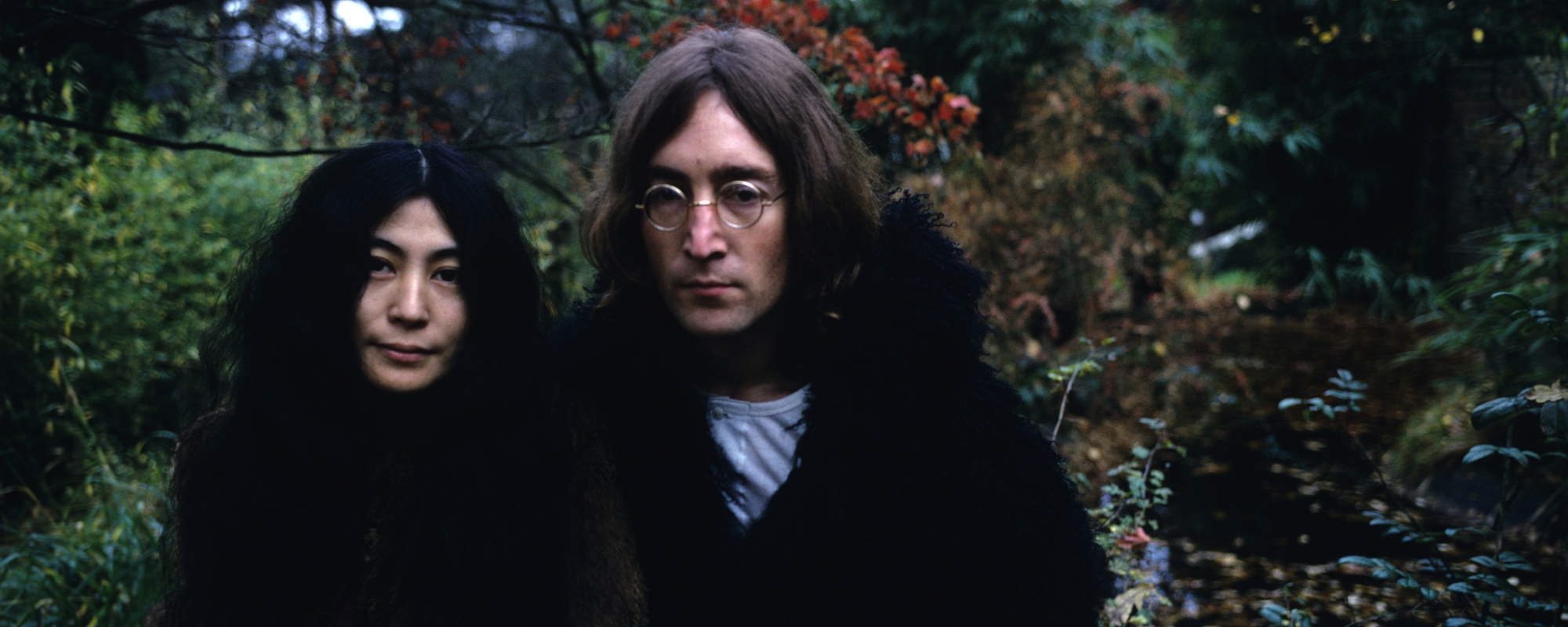

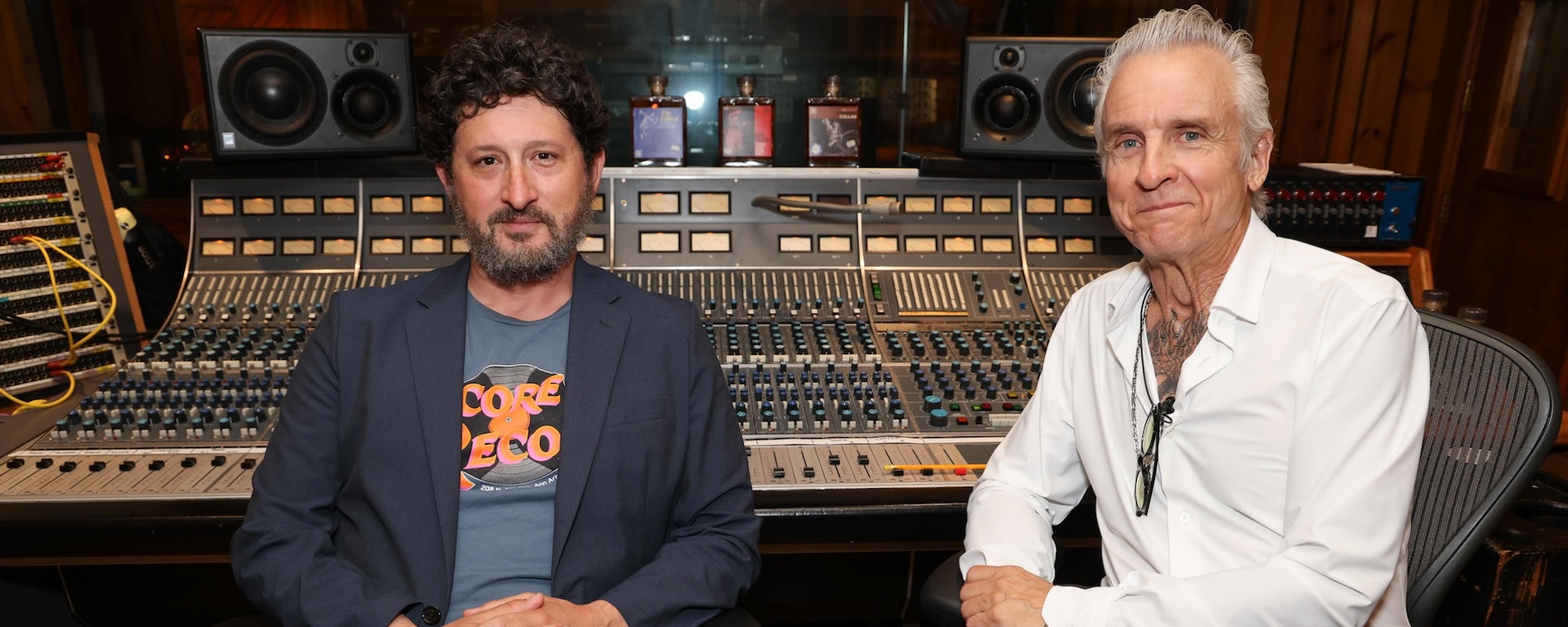

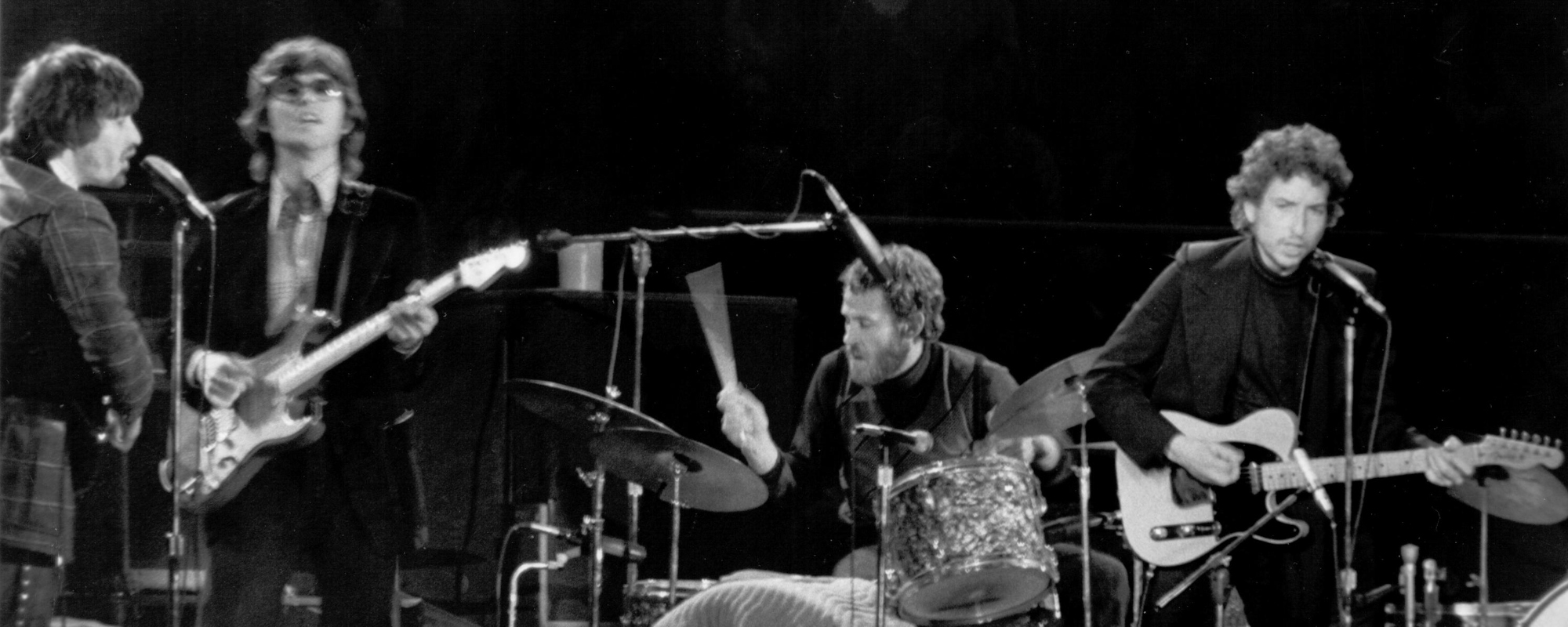
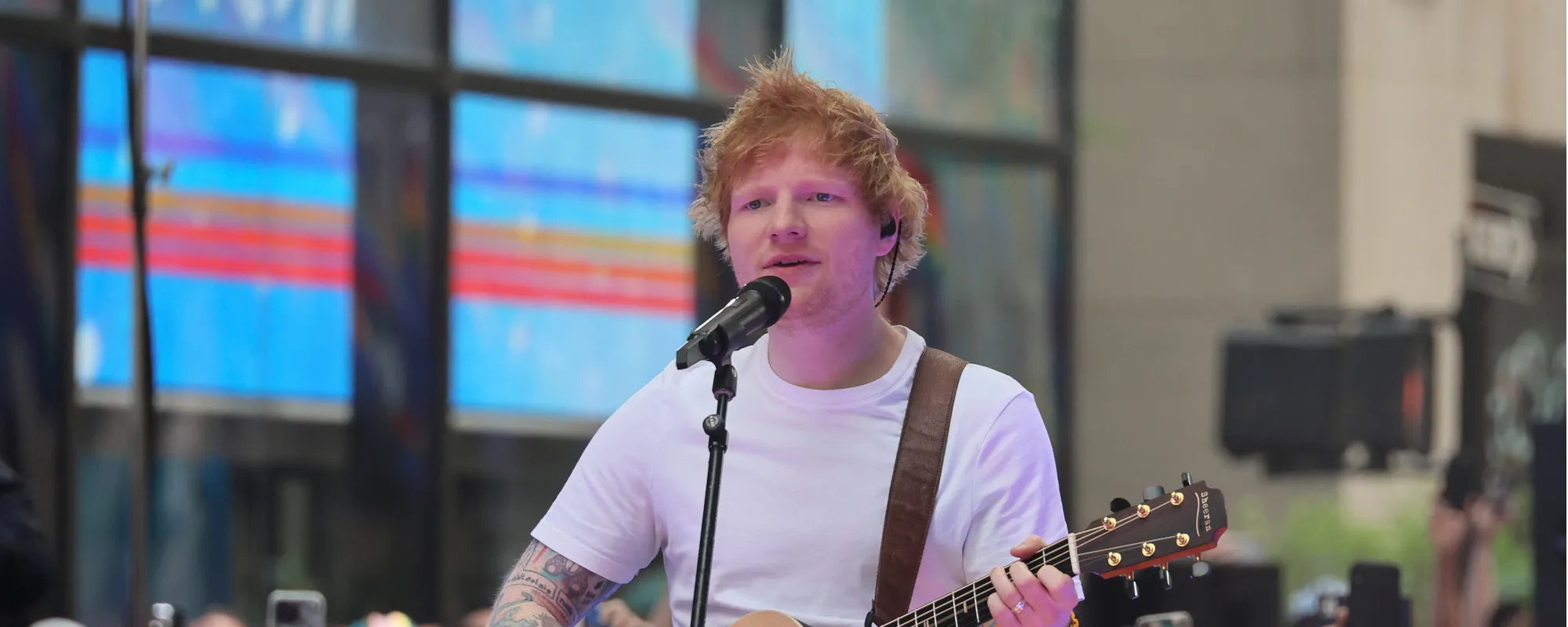
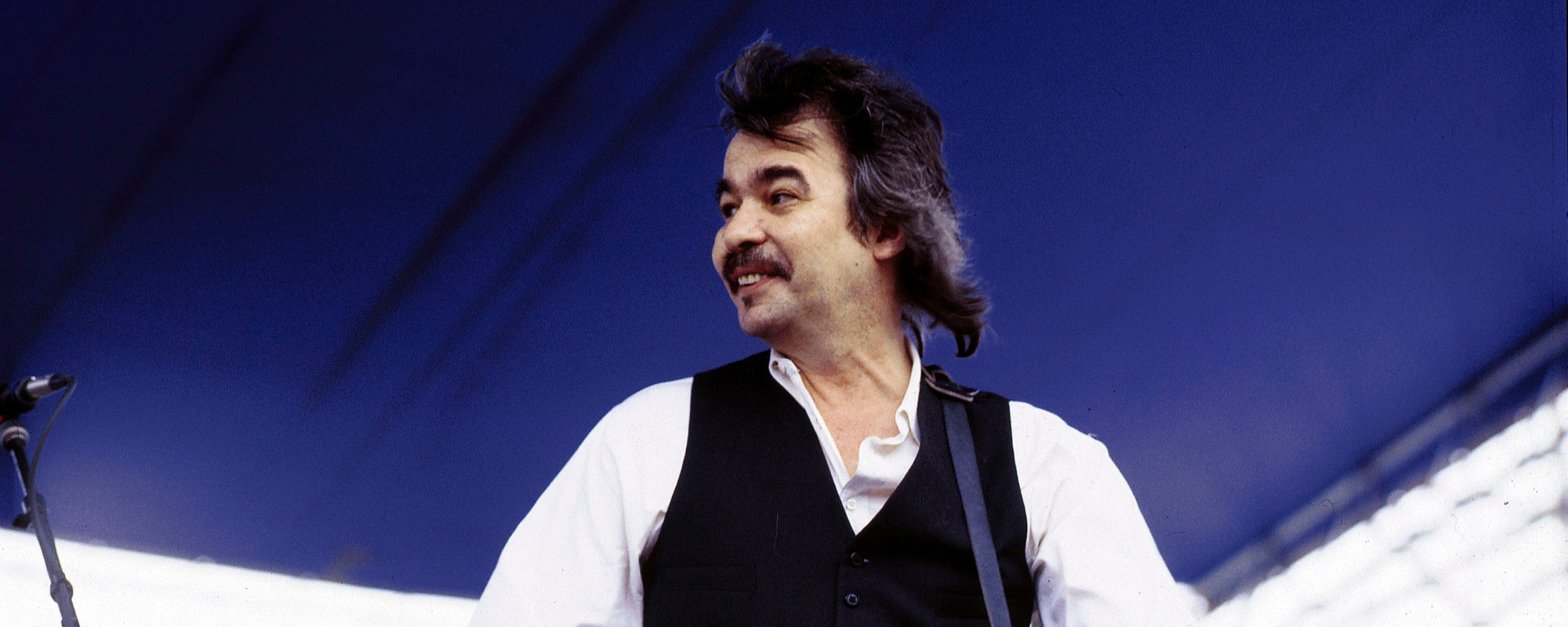
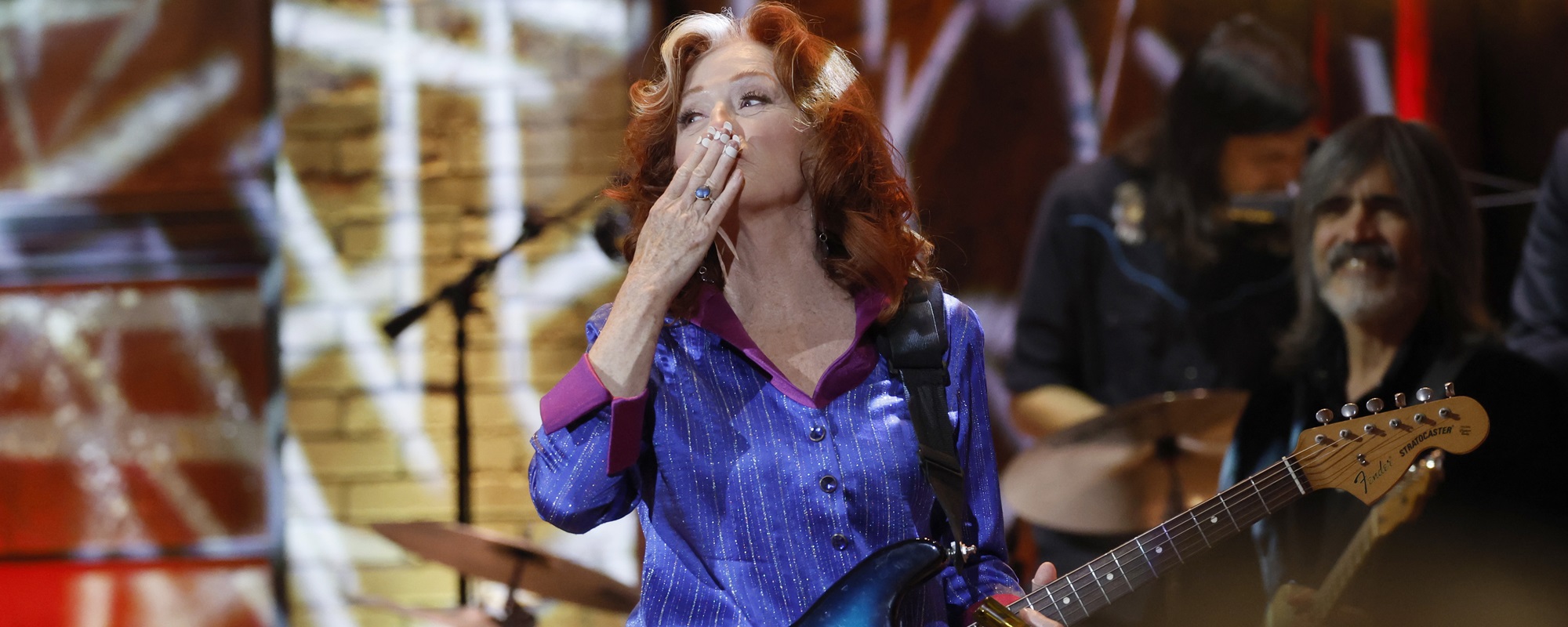

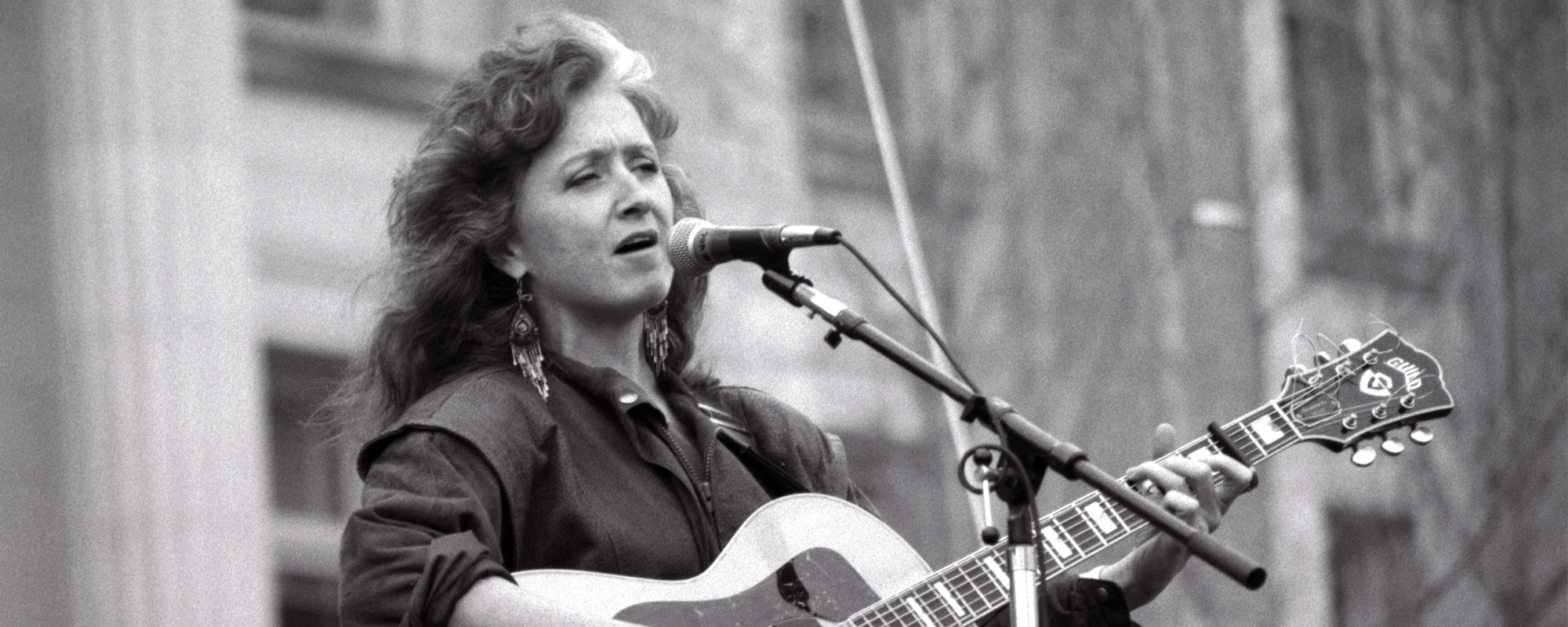
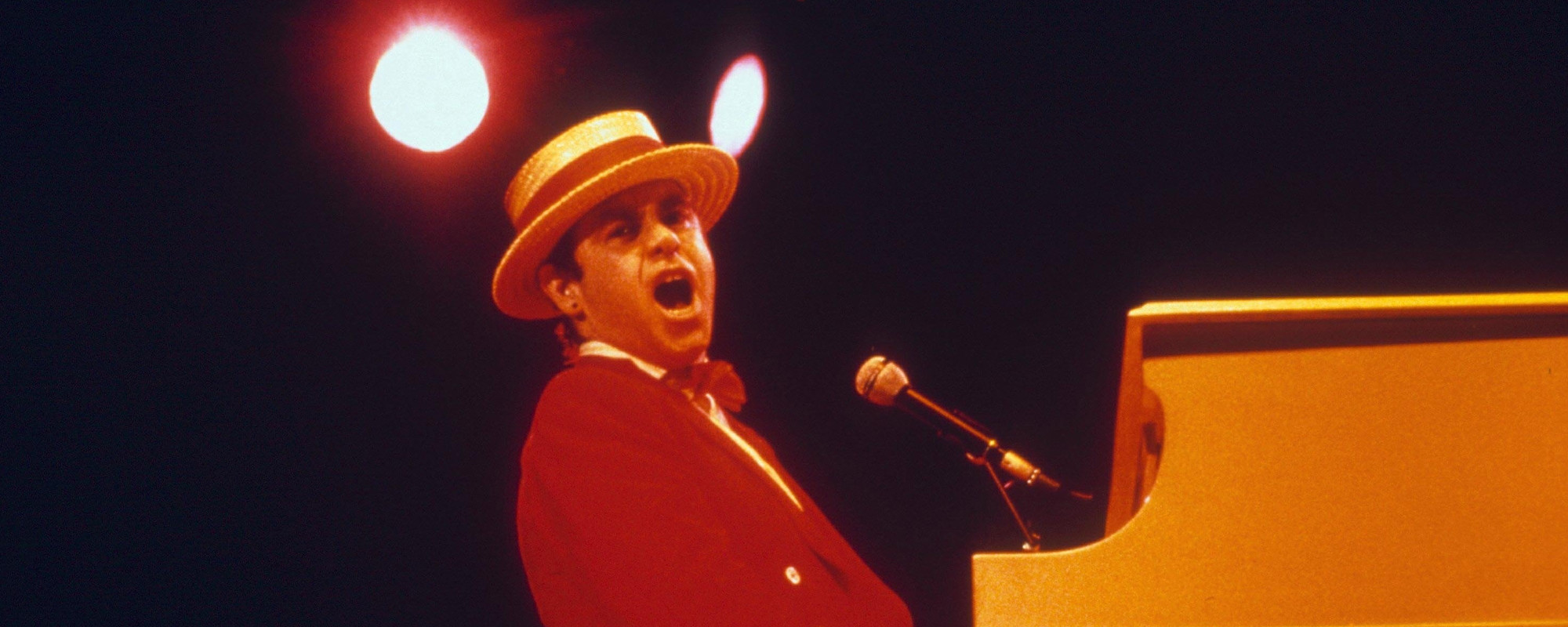
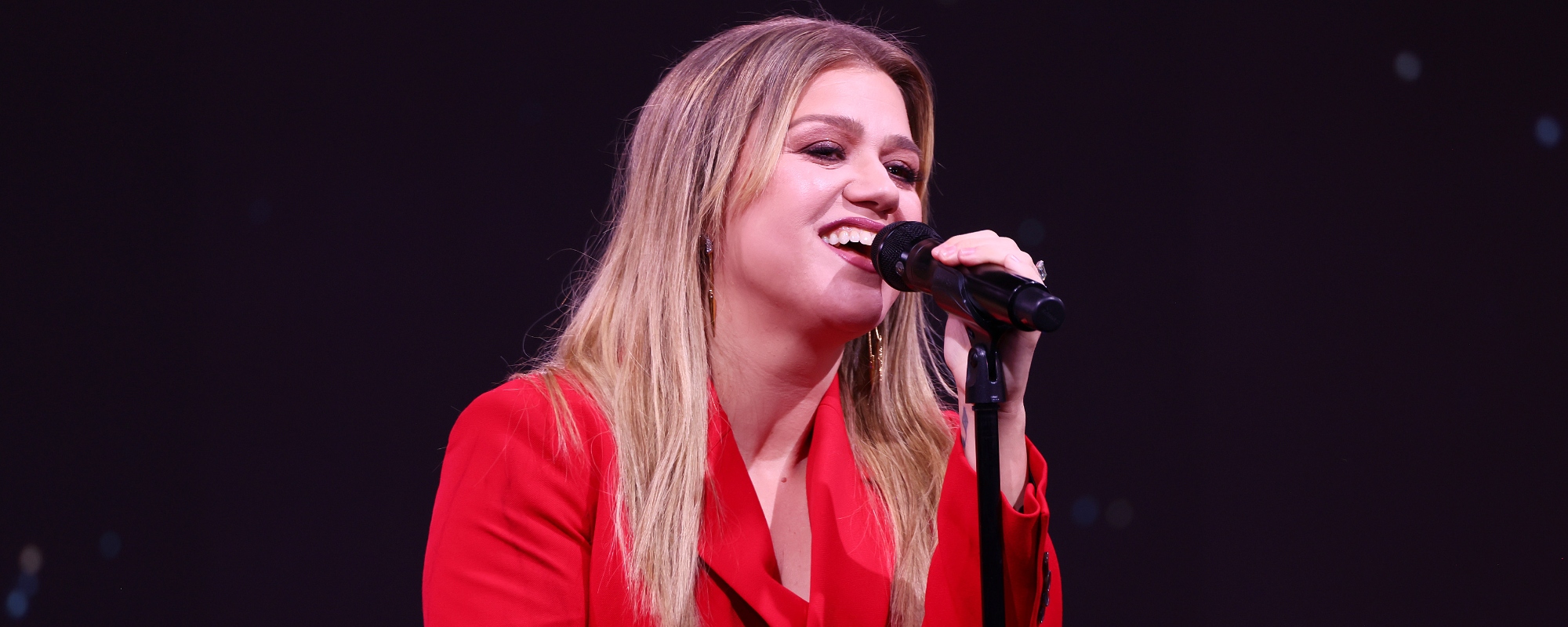
Leave a Reply
Only members can comment. Become a member. Already a member? Log in.